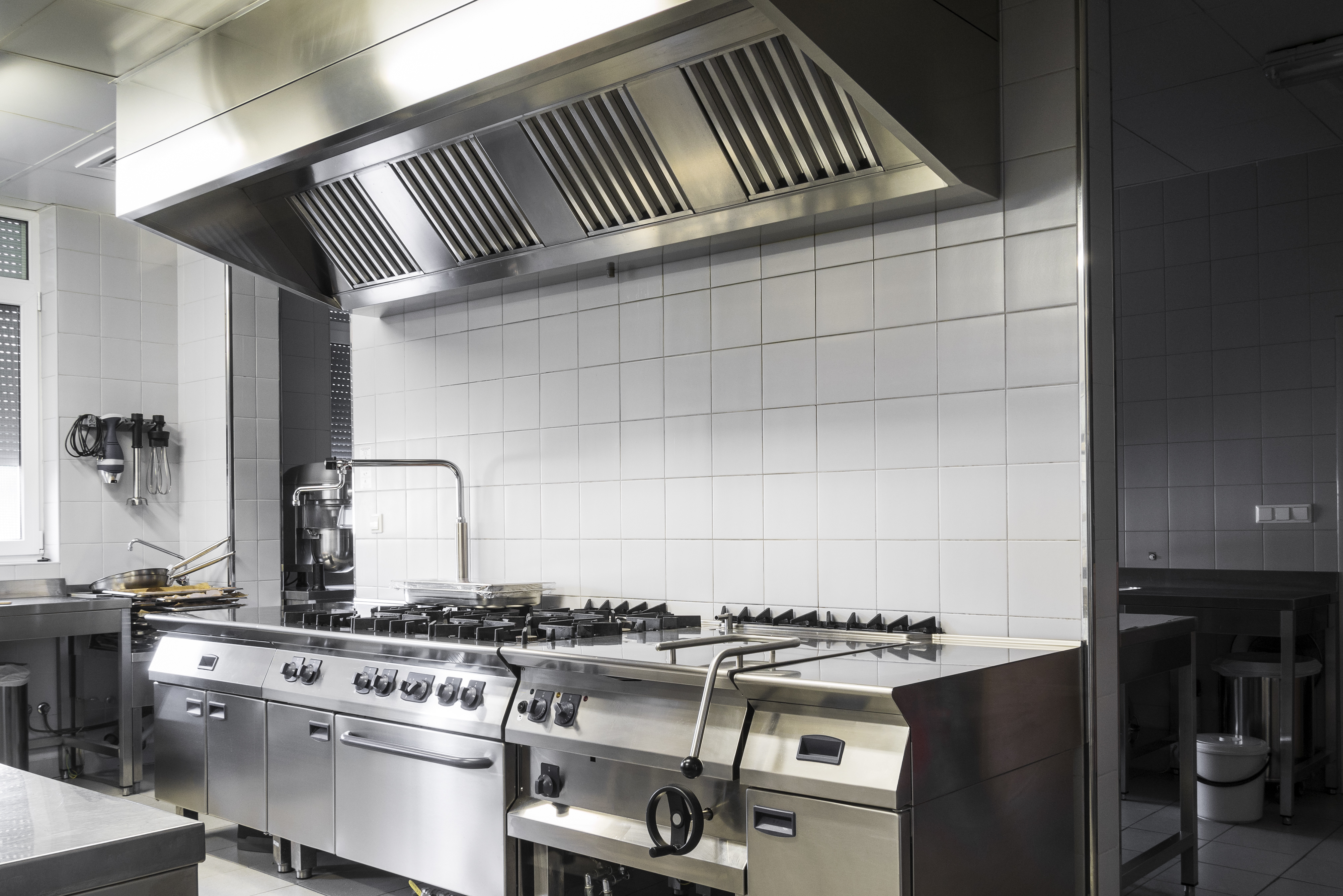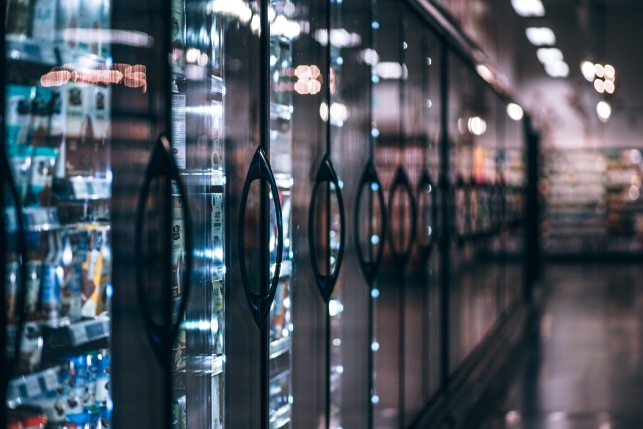With commercial kitchen being our area of expertise, we have seen plenty of poorly-designed kitchens. While it may not seem like a big deal, oftentimes the restaurant operator will start experiencing the issues that could arise from poor kitchen planning and wished they’d given more thought into it.
In order to minimize the occurrence of such situations, we would like to share the basics of good commercial kitchen design.
It is worth noting that no two kitchens are the same, so there isn’t a one size fits all approach. It is not possible to simply transplant a Western kitchen floor plan into a Japanese kitchen with the expectation that it will work just as well. It wouldn't.
As a result, one of the biggest issues that needs to be addressed by the kitchen planner at the initial stages is how the food will be delivered to the guests, better known as the service system. The service system can be further divided into subsystems which come together to encompass the movement of food from the kitchen, to table, and back to the dishwashing area.
This progression is known as flow, namely product flow and traffic flow.
Product flow is the movement of all food items, from their arrival at the receiving area, through the kitchen, and to the guests.
Traffic flow is the movement of employees through the building as they go about their duties. This encompasses the back and forth as waiters pick up the food, deliver it to the guests and clear the tables. There are some important considerations to be made here. For instance, should the waitstaff come into the kitchen to pick up food, or should it be handed to them through a pass window between kitchen and dining area.
The ultimate goal of these flow systems is to reduce backtracking and crossovers.
When you have the flow figured out, you will be able to further work out the particulars of the design and setup.

Receiving Area
As raw materials arrive at a restaurant, they are typically unloaded from delivery trucks and into the building at the receiving area. Typically, these areas are located close to the back door. From there, the storage items can be separated into dry storage or refrigerated storage. Here, large quantities of food are held at proper storage temperatures until needed.
Preparation Area
When the food emerges from storage, it goes to the preparation area with their own areas for meat prep or vegetable prep. Keeping these areas distinct from each other helps prevent cross contamination between the meat and non-meat products. Some preparation areas are bigger than others, depending on the style of service and type of kitchen.
Most usually, this section is located near to the storage area so the cook will be able to efficiently grab fresh dishes, prepare plates, and move them on to the cooking area quickly.
Cooking Area
The food will then head to the cooking area where it takes on its final form prior to serving. Whether its boiling, sauteing, frying, baking, broiling or steaming, all of it takes place here. Most of the time, this cooking area can be further divided into smaller sections where each section is dedicated to a certain cooking process such as baking station and grilling station.
Following that, food is plated and garnished before it is served to diners.
Serving Area
As the name suggests, this is the area where service staff will pick up the dishes and serve it to customers. It is also the final and outermost section of a commercial kitchen. Thus it is located nearest to the cooking area, so the food can be quickly served to customers as soon as cooking is done.
From this, it can be said that most dishes have a back-to-front-to-back flow pattern. While the dining room is usually the end of the line, the food eventually returns to the kitchen, but as food waste. This makes it somewhat straightforward to chart the movement of all food products in an establishment.



